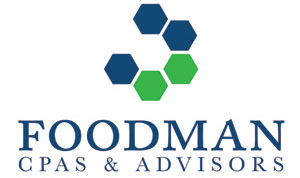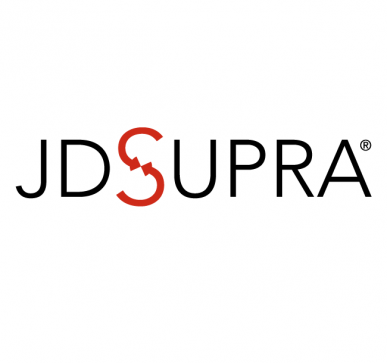Here is what you need to know about IRS proposed draft of Form 1040 for 2017
As a courtesy to Taxpayers, IRS provides an “early release draft” of an IRS tax form. The drafts are not to be used for filing, but are generally released when most changes have been incorporated into the Form. The highlights for 2017:
- The qualified principal residence indebtedness exclusion expired and the discharged amount will be included in a taxpayer’s gross income under Line 21 Other Income.
- The standard mileage rate is 17¢ per mile – Line 26 Moving Expenses
- IRA deduction – the statutory dollar limit is $5,500. There is an additional $1,000 for those ages 50 or older. If the individual (or spouse) is an active plan participant, the deduction phases out over a specified dollar range of Modified Adjusted Gross Income (MAGI). In addition, Taxpayers may be able to take an IRA deduction if he was covered by a retirement plan and 2017 MAGI is less than $72,000 ($119,000 if married filing jointly or qualifying widow(er)). If the Taxpayer’s spouse was covered by a retirement plan, but the taxpayer was not, he may be able to take an IRA deduction if 2017 MAGI is less than $196,000 – Line 32 IRA Deduction
- Tuition and Fees is eliminated and the Form now states “Reserved for Future Use” – Line 34
- Domestic production activities deduction expired – Line 35
- The standard deduction is $6,350 for single filers and for married persons filing separately, $12,700 for joint filers and qualifying widow(er)s, and $9,350 for heads of household – Line 40 Itemized Deductions or Standard Deduction
- The amount for each exemption $4,050. Exemptions are reduced for Taxpayers with Adjusted Gross Income (AGI) in excess of the “applicable amount” ($313,800 for joint filers or a surviving spouse, $287,650 for a head of household, $261,500 for a single individual who isn’t a surviving spouse, and $156,900 for marrieds filing separately) – Line 42 Exemptions
- The Alternative Minimum Tax (AMT) exemption amount is $54,300, $84,500 if married filing jointly or a qualifying widow(er); $42,250 if married filing separately – Line 45 Alternative Minimum Tax
- Education credits from Form 8863 continue under Line 50
- Residential energy credit has expired under Line 53
- The maximum adoption credit is $13,570 per eligible child for both non-special needs adoptions and special needs adoptions. The amount begins to phase out if MAGI is in excess of $203,540 and is completely phased out if MAGI is $243,540 or more under Other Credits Line 54
- The maximum amount of self-employment income subject to FICA tax is $127,200. No ceiling on Medicare wage base – Line 57 Self Employment Tax
- Health Care – Line 61 – same as 2016 – unchanged
- The maximum Social Security (OASDI) tax is $7,886.40 (computed on the first $127,200 of wages) for purposes of this credit for excess tax withheld – Line 71 Excess Social Security and Railroad Retirement Tax (RRTA) tax withheld
Taxpayers need to understand that the 2017 Tax Reform currently under consideration could potentially translate into a potential tax increases as it can involve a loss of exclusions and deduction credits. What we know so far is that the deduction for charitable donations is staying intact. For new mortgages, Taxpayers will only be able to deduct interest payments made on their first $500,000 worth of home loans. It appears that Taxpayers can still deduct interest payments made on their first $1 million worth of home loans in existence prior to passage of the proposed tax reform.
There are four (4) tax breaks that Taxpayers could potentially loose as they are still up in the air or in the chopping block. They are:
- Workplace health insurance premiums
- Health care expenses
- Real Estate Taxes (trying to be capped at $10,000)
- State and local taxes
Although the “doubling” of the standard deduction is targeted to offset these potentially disappearing tax breaks, it is still unknown what will be the final impact to the Taxpayers. Will “doubling” the standard deduction turn out to be misleading? How the GOP will bankroll the tax reform?
Don’t be a victim of your own making. Taxpayers ought to consult with their tax specialists and get a jump start on 2017. They also should plan ahead in the eventuality that some of the proposed tax breaks disappear.
https://www.jdsupra.com/legalnews/here-is-what-you-need-to-know-about-irs-17134/





